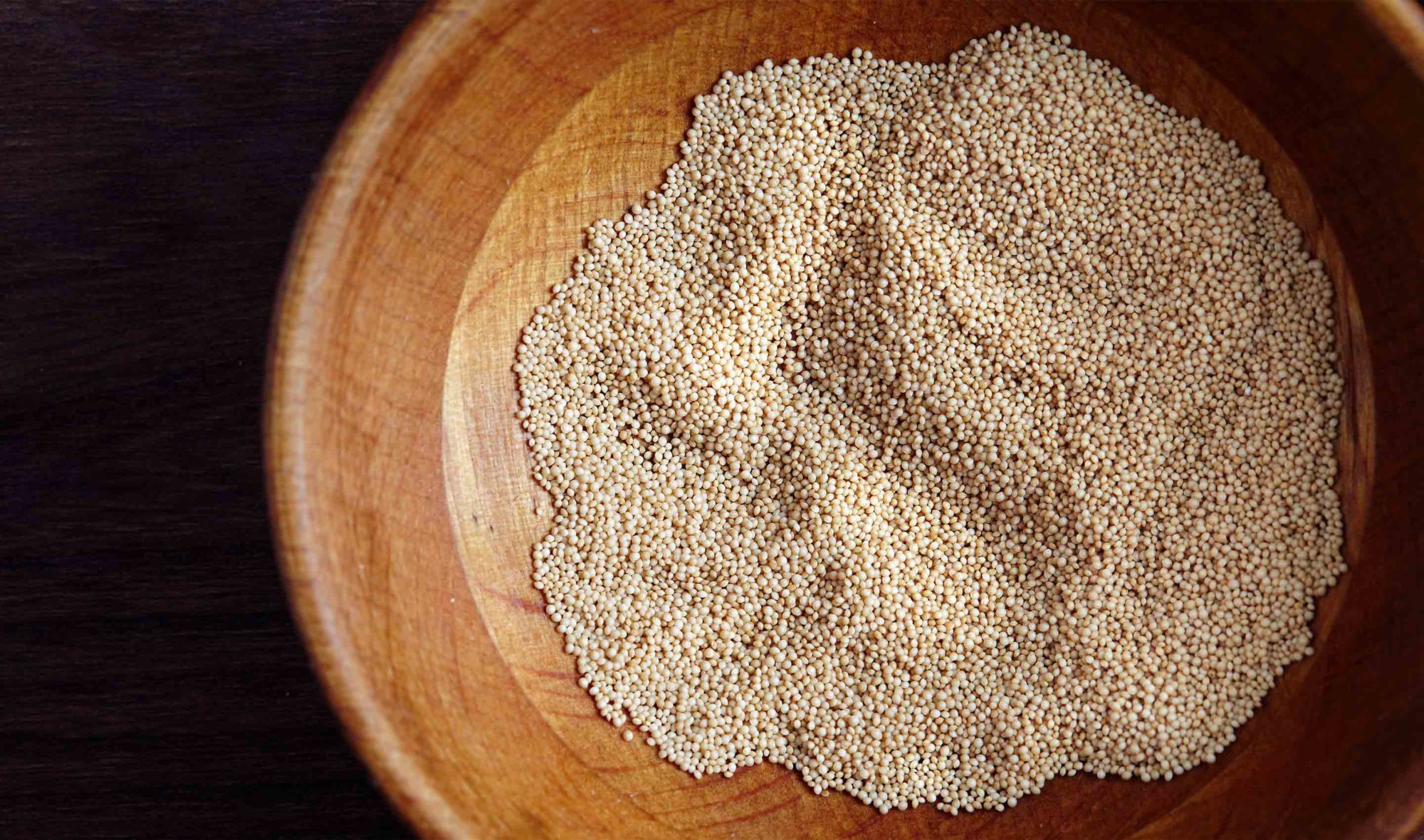
Selenium is an essential mineral that must be obtained through food. Among its various roles, selenium works with other nutrients to create antioxidant balance in our body’s cells. Selenium is naturally occurring in water and soil. You can find it in foods such as seafood, brown rice, quinoa, mushrooms, milk, and more.
Selenium is an essential mineral for humans. Since your body doesn’t produce it, you must obtain it through food (or supplements). Selenium is a mineral found in the soil and it naturally appears in water and some foods.
Selenium has many functions in the body including:
Selenium can be found in several foods including:
Common symptoms and resulting conditions of selenium deficiency include:
However, your individual response could be different. If you suspect a health problem or deficiency in certain nutrients, please see your primary health care provider (doctor, naturopath, etc). They can help unravel the complexity of your physiology.
Common symptoms of selenium excess/toxicity include:
However, your individual response could be different. If you suspect a health problem or an excess of certain nutrients, please see your primary health care provider (doctor, naturopath, etc). They can help unravel the complexity of your physiology.
For recipes rich in selenium, check out any of the Encyclopedia of Food entries for food items listed above.
Precision Nutrition’s Encyclopedia of Food expands every single month as we highlight new foods and showcase beautiful food photography. If you’d like to stay up to date, simply click this link. From there, we’ll send you a FREE copy of our recipe book. We’ll also let you know when new and delicious foods are added to the site.
Selenium is an essential mineral that must be obtained through food. Among its various roles, selenium works with other nutrients to create antioxidant balance in our body’s cells. Selenium is naturally occurring in water and soil. You can find it in foods such as seafood, brown rice, quinoa, mushrooms, milk, and more.